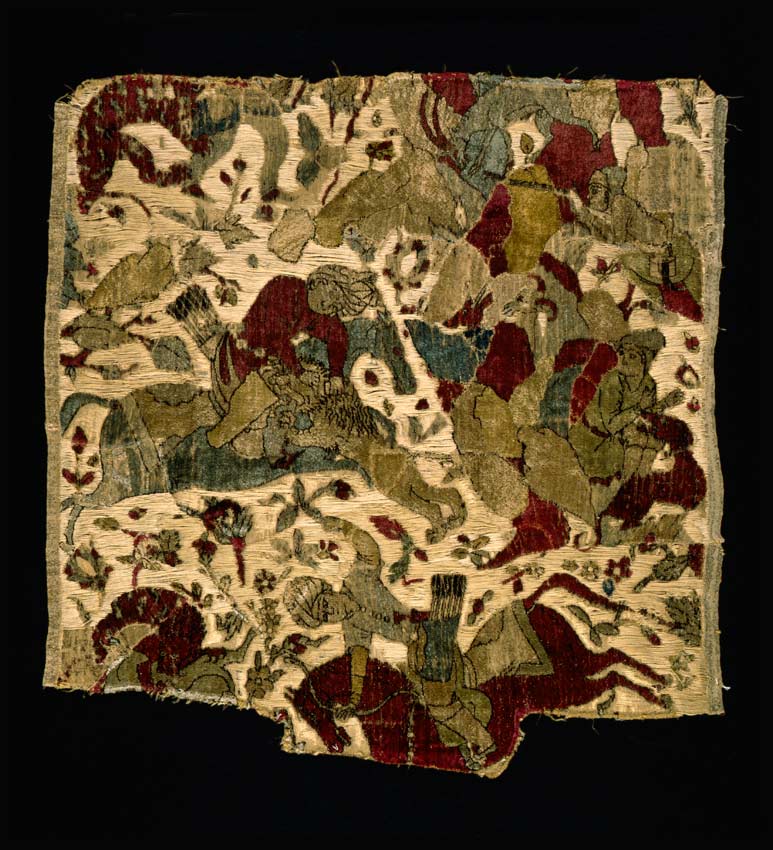STARTS
2009-02-17 00:00:00
Ends
2009-08-01 23:59:59
Location
Islamic Inspirations and Influences
Islamic Inspirations and Influences
A fierce lion charging a man on horseback forms the center of a dynamic composition of a Persian hunting scene, rendered in plush velvet.
Textiles such as this played an important cultural role in Islamic lands, signifying social status and wealth. Serving as domestic furnishings, clothing and even a portable type of shelter in the form of tents, elaborately designed fabrics were the basis of a highly developed trade industry that reached across Asia to Europe.
This exhibition displays silk and velvet textiles of Islamic lands, as well as those influenced by Islamic aesthetic traditions, spanning the 15th-17th centuries. Woven of sumptuous silk and embellished with threads wrapped with precious metals, these textiles were costly luxury goods.
Restricted to people of rank, a large panel of richly dyed red and gold velvet from the Ottoman Empire would have served as a cushion cover in an affluent home.
Ottoman velvets were exported to Europe, where they had great influence on the local textiles. Influenced by the Moors, Muslims from North Africa who invaded Spain, Hispano-Moresque textiles reflect Islamic aesthetics, including curvilinear arabesques, pairs of lions, intricate overall patterns of geometric forms and stylized foliage.
